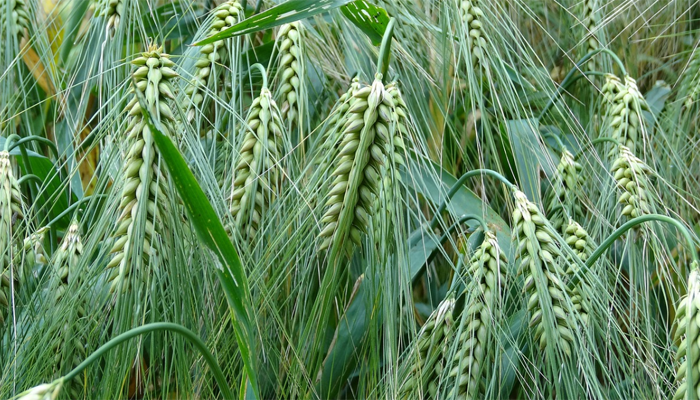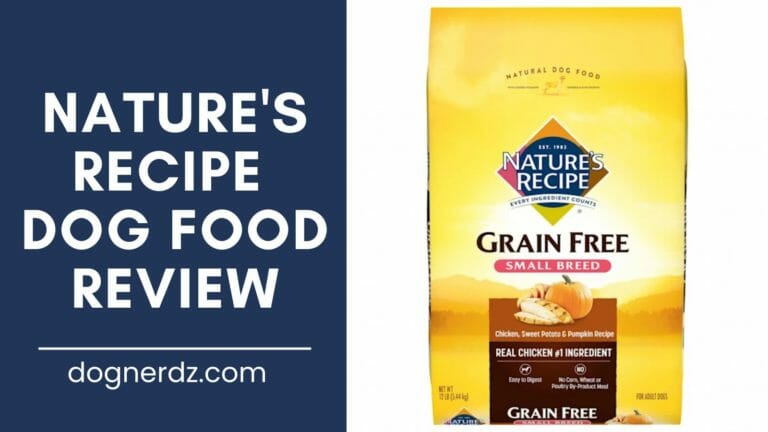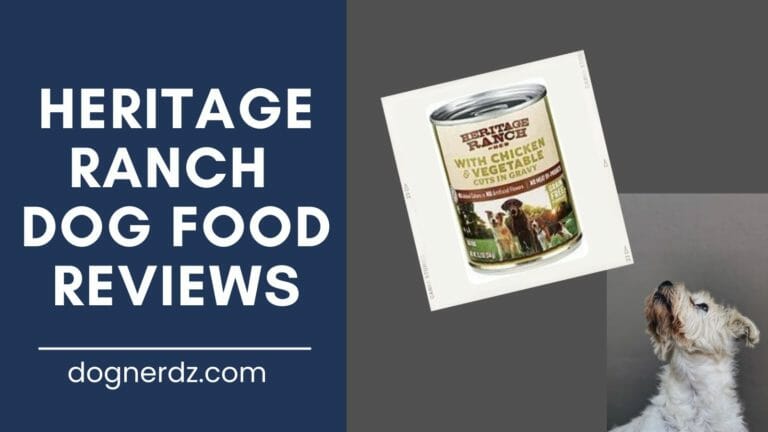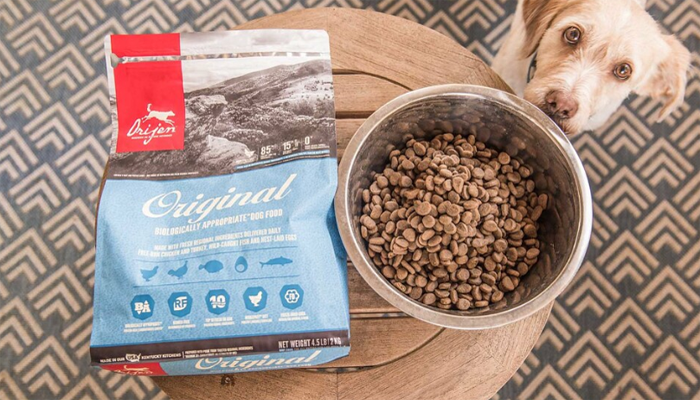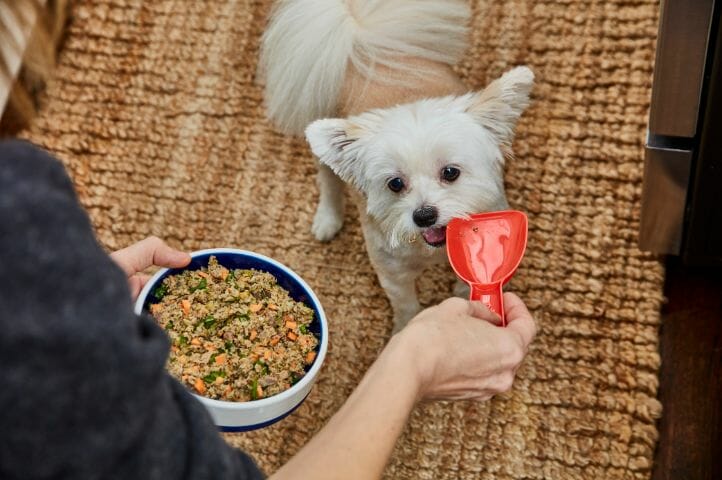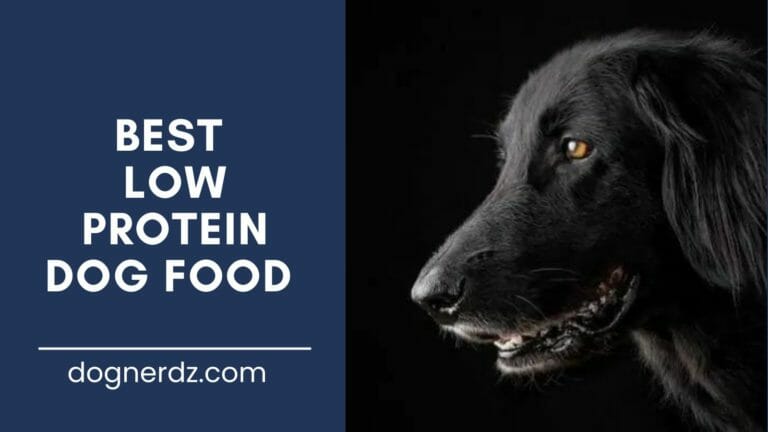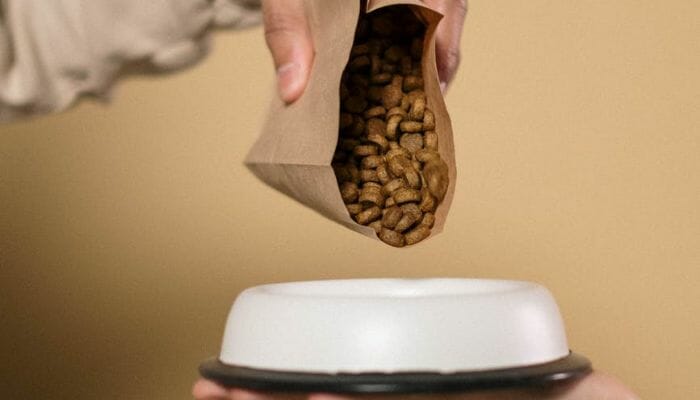Benefits of Grain Free Dog Food
Grain-free dog food has gained significant popularity among dog owners in recent years.
Why go grain-free? The main reason is sometimes dogs can develop allergies or sensitivities to grain or grain-based ingredients in their food.
The symptoms may manifest in the form of itchy, flaky or bumpy skin.
Other than those pups suffering from allergies, those with diabetic canines or ones that are overweight, inactive, or have kidney issues can also benefit from a grain-free diet.
Let’s take a look at some of the benefits of grain-free pup food.
If grains are missing from your dog’s diet, dog food manufacturers need to fill in food composition with other ingredients.
Table of Contents
Benefits of Grain Free Dog Food
- Reduced risk of allergies – No one want’s to see their fur baby scratching and biting at their own skin.
- More energy – Even for us, grains can make us feel lethargic and lazy when they are being digested. Less of that means more energy.
- Less poop – This might be more of a benefit for us than your pup. But better absorption and digestion means smaller, and less frequent poops.
- Healthier skin – When the risk of allergies is reduced, the skin will automatically heal. Skin improvements occur slowly in dogs, so don’t be discouraged if you don’t see any changes within a few days.
- Shinier coat – The appearance of your dog is directly linked to their diet. Grain-free recipes often include omega fatty acids, which is what makes coats shinier.
- Better breath – This is one has enough merit to be at the top of the list. It’s so hard to kiss your pup when you can smell their breath from 12 inches away. Grain-free food can rid you of this problem.
- Reduced gas – A dog’s flatulence can be pretty rancid sometimes. Wheat and corn are what causes dogs to produce gas. Not only is the smell incredibly unpleasant for us, but the discomfort your dog feels from the cramping is another. Grain-free dog foods can reduce gas problems greatly.
- Pregnant and lactating moms – These dog moms need more protein in their diet. Since grain-free food has a higher protein content, this is extremely helpful.
- Better ingredients – Grain-free foods have a higher price point because they use better ingredients. Potatoes, sweet potatoes, and other carbohydrates are used in place of grains. Grain-free dog food companies usually use premium ingredients, which include better cuts of meat and more superfood blends that include antioxidants.
- More protein content – More protein means more support for your pup’s muscles. This is especially important if your dog is very active.
- Easier to digest – Dogs can digest most foods, but it doesn’t mean they do it with equal ease. Protein and fats are easy on their digestive system, but the same can’t be said about grains. Grains take more effort, so when they are replaced by complex carbs like sweet potatoes, it’s easier on your dog.
Should I Switch my Dog to a Grain-Free Diet?
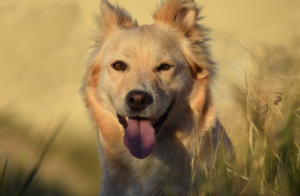
If your dog has been eating food with grain and he or she has been perfectly fine health-wise, there really isn’t a need to change.
If you feel that going grain-free is a good choice, then we’d suggest you consult with your vet. Any sort of major dietary or lifestyle change should be discussed with your vet first. They know the unique history of every dog and the potential risks.
What you can do for now, is to read the label on your dog’s food carefully. Make sure that a clear source of protein is always the first ingredient.
Some cheaper dog foods may choose to use filler foods that are unhealthy, such as meat by-products.
If you’ve chosen a reputable brand with research and reviews to back up their product, then chances are they will fill in that extra space with more protein and animal fats. If properly sourced, the added protein and fats are beneficial for your pup and make the food easier to digest. This is especially true with wet dog food.
Ingredients You Want in Grain-Free Dog Food
Now let’s take a look at some of the ingredients you want to make sure are in your grain-free dog food, and what they do for your pup.
- Premium grade protein – This needs to be the first ingredient. Meat will give your pup all the muscle support it needs.
- Vegetables – Ones such as spinach, kelp, and carrots contain high concentrations of vitamins A, B, C, and K as well as potassium, manganese, and iron. The beta-carotene in carrots supports eye health, which is something many dogs will need support with.
- Fruits – Fruits such as blueberries are full of antioxidants and are high in vitamins A, B, C, and E.
- Fish oil – Usually salmon oil or white fish oil, these fish contain large amounts of omega-3’s.
If You Must Have Grains…
If grains are something you must have in your dog’s diet, lean towards whole grains. Some pups with grain allergies can do well with whole grains.
Certain grain-based dog food brands have formulas that contain grains for dogs with mild to severe allergies.
The difference between these grains and ones found in a regular dog food brand is they are cooked more thoroughly. They cook the grains at a lower temperature for longer to make them more easily digestible.
Conclusion
As we’ve suggested many times before, when switching to another type of dog food, introduce the new brand slowly. Mix in a little bit of the grain-free food at a time, maybe starting at 25%.
This will give your dog’s system sufficient time to adjust to the new diet and reduce the risk of an upset tummy.
Make sure you monitor their stool and make sure they are still going potty normally. If you sense something is off, stop the transition immediately and book an appointment with your vet.

